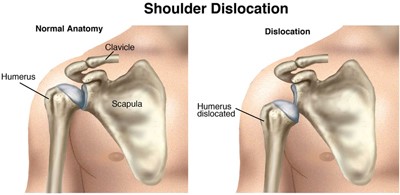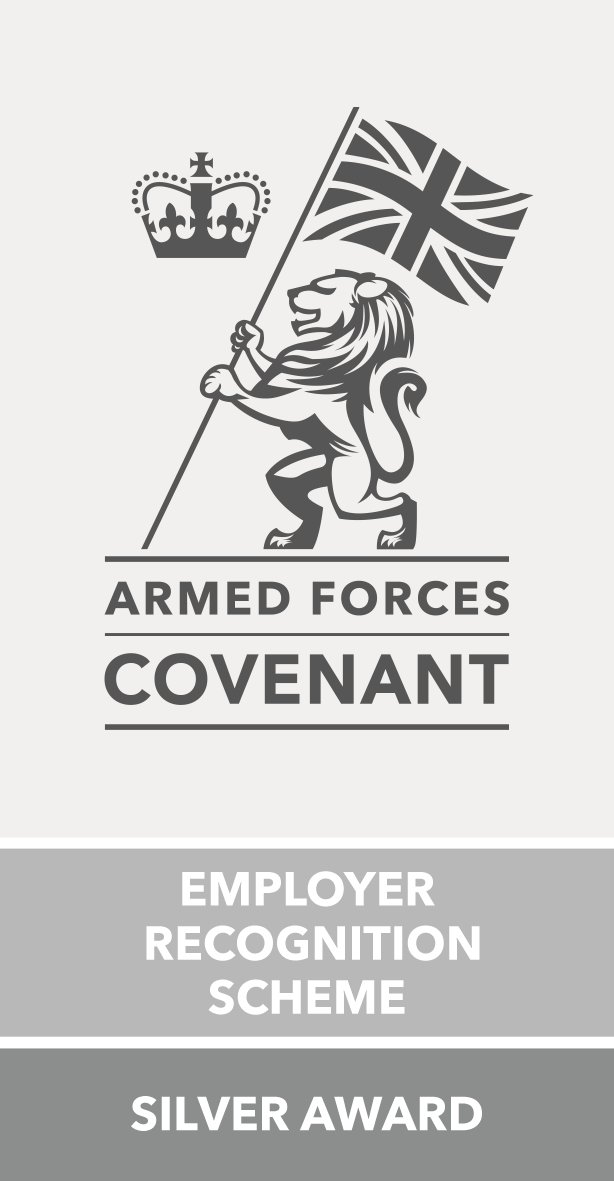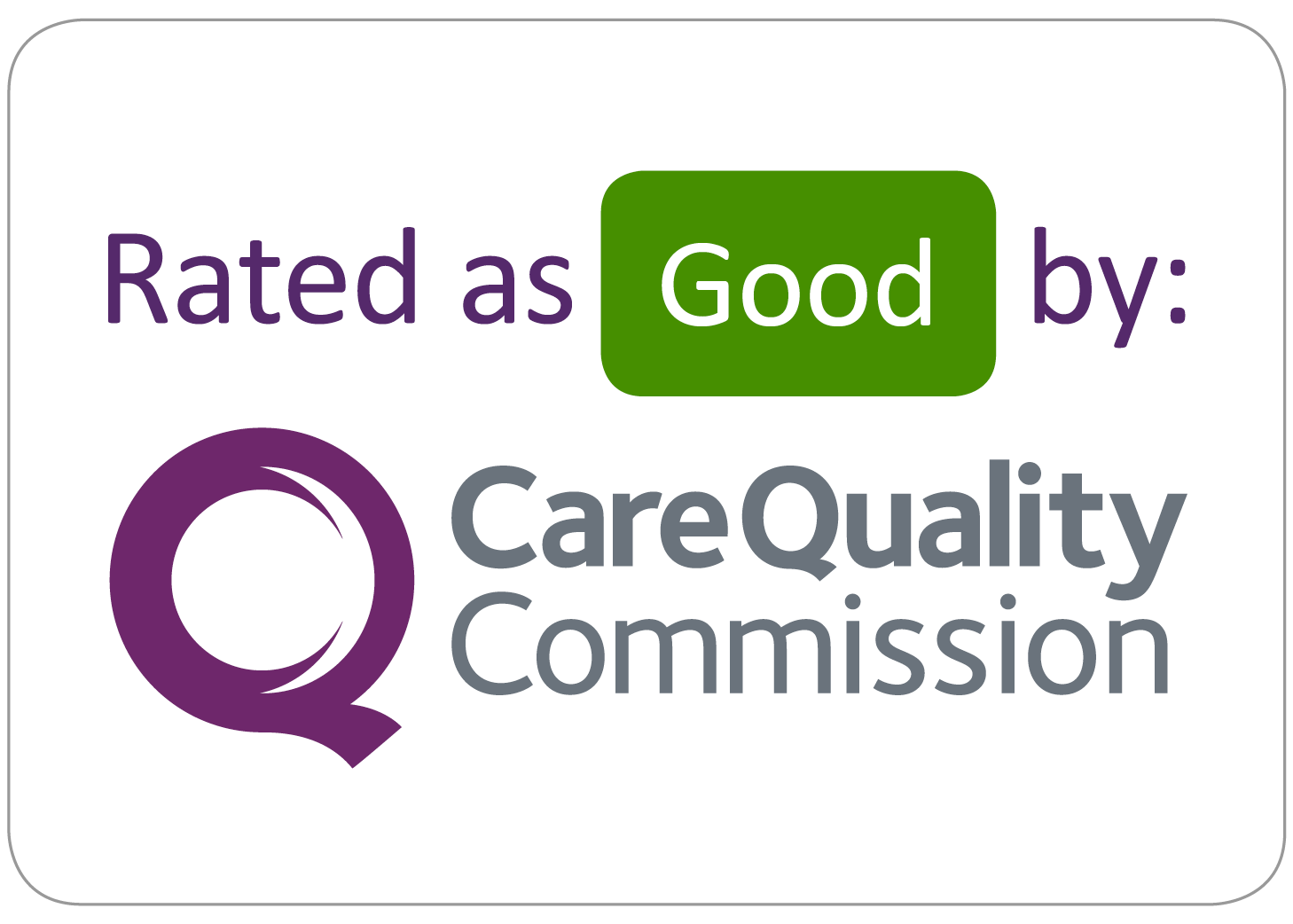Shoulder Dislocation

A dislocated shoulder is an injury where the upper arm bone (humerus) pops out of the cup shaped socket that’s part of your shoulder blade (scapula). The shoulder is one of the body’s most mobile joints which makes it more susceptible to dislocation.
Symptoms
A visibly deformed or out of place shoulder, swelling or bruising, intense pain and an inability to move the joint. You may also experience tingling, numbness or weakness near the injury, in your neck or down your arm. Your shoulder muscles may spasm and increase your pain.
Causes
The shoulder joint is one of the most frequently dislocated in the body. However, it usually takes a strong force to pull the bones out of place for the first time. This can often be in a sports match or as a result of a fall.
Treatment
Relocation in A and E is recommended.Once the shoulder has been restored to its normal position in its socket, this is the start of the rehabilitation process that can take almost a year for some people to complete. It is really important to strengthen the shoulder fully and to be able to move it through a range of different movements without experiencing pain or fear of it re-dislocating. Click on the box below for further information about the rehabilitation process.
Rehabilitation after shoulder dislocation
When to seek advice
If you think you might have dislocated your shoulder you should attend your nearest A and E Department for relocation of the shoulder joint. DO NOT attempt to relocate the shoulder yourself, this can cause damage to the shoulder joint or surrounding tissue. If you start to develop numbness/ pins and needles in your arm or you are not showing any improvement in the range of movement of your arm following a dislocation you should speak to your GP or MSK practitioner.

















